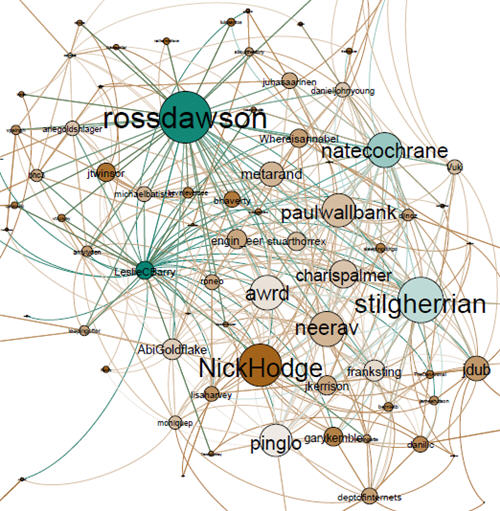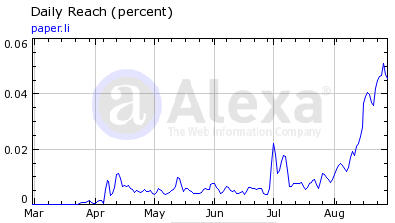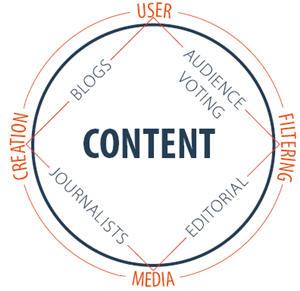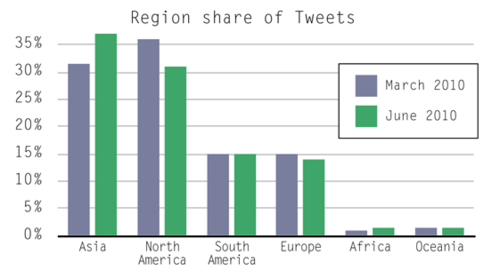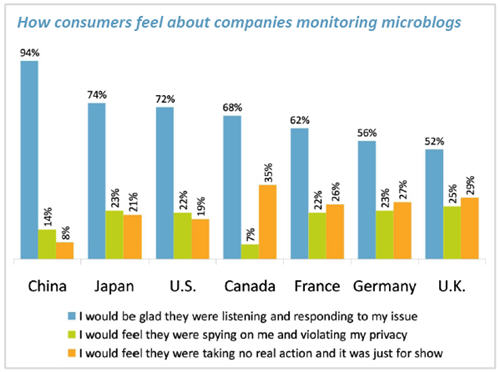Beijing social media/ future of media meetup on May 19
I’m in Beijing next week to do the keynote at the AICD conference on How Technology is Transforming Business and guest lecture at Beijing Foreign Studies University on The End of Newspapers and Future of News.
While I’m in Beijing I’m keen to catch up with any local folks on Twitter/ Weibo/ social media and those interested in the future of media. As such I’ve set up a Beijing Future of Media/ Social Media meetup on Eventbrite. Please register on the page if you can join us.
Date: May 19
Time: 12pm – 2pm
Location: Union Bar and Grille
S6-31, 3/F, Bldg 6, Sanlitun Village South, 19 Sanlitun Lu, Chaoyang District
朝阳区三里屯路19号三里屯Village南区6号楼3层S6-31
If you’re in Beijing next week would be great to see you there, or if you think there are people who might like to come along, please pass on word.
Thanks to @beijingboyce and @benjaminjoffe for the pointers and support!!

